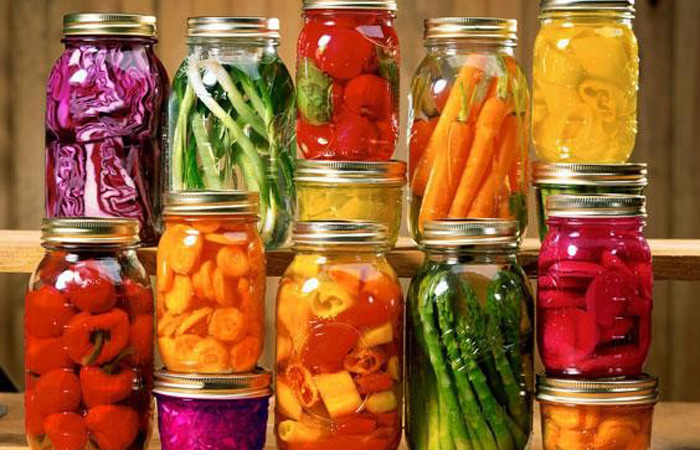Rethinking Lifestyle
Preserving the Harvest – It’s that Time of Year

These days normal February fare on our dinner tables is fresh lettuce and tomatoes. We don’t even consider it a luxury. We give no thought to the energy that has gone into the production and transportation of that food from California to our dinner table. But seriously, how long do we think we can continue our wanton consumption of fossil fuel – particularly when realistic, pleasant alternatives are available.
Preserving local produce for winter consumption is not difficult and uses a fraction of the energy of “California dependency”. Moreover, food preservation can be a rewarding, fun family activity. This lifestyle was normal for our mothers and grandmothers, but most of us have forgotten the necessary skills. We forget these skills, these crafts, at our peril. The time will come when food will not flow as easily from California in the middle of winter, and we do well to live in anticipation of that time. This is why the South Eastman Transition Initiative has, in previous falls, hosted food preservation workshops. We focus on canning, fermentation and dehydration.
On the one hand, none of these crafts is difficult to master. On the other hand, it is a mistake to think that they can be picked up just like that when the time comes that they are necessary. Probably then it will be too late. There is value in cultivating these crafts now.
In canning, we sterilize the food we wish to preserve and keep it sterile until we want to eat it. It is quite possible to home-can all of the food available in cans on the shelves of the grocery store. The difference is that when canning at home, glass jars are used instead of tin cans, and we know what we are canning – whether it is chemical free or not. An appeal of canning is that the canning process is often the first step in preparing the food for the table. Also, the product coming out of a home-canned jar is identical to the produce coming out of a tin can off the shelf of the grocery store. It is something we are familiar with.
Fermentation is another form of food preservation. Today fermentation is used very little, but prior to the availability of identical Mason jars in the 1930s, canning was impossible, so fermentation was necessary for preservation. It is a wholesome, low energy way of preserving food, but to enjoy it takes some adjustment to the palate.
Dehydration is simple and effective for many foods. The bacteria and mould that spoil food cannot multiply in the absence of moisture, so if moisture is eliminated, the food is preserved. This is why the beef jerky and fruit leather sold at convenience outlets does not go bad. Solar and electric dehydrators can be purchased or built, and they make dehydration easier, but any food thinly sliced and exposed to the sun and wind will dehydrate and keep.
No doubt, our current lifestyle is convenient and pleasant. However, it is possible only because we have access to cheap energy. To have the food of our choice available at the grocery store at the time of our choice is, well – luxurious! Even kings did not have that option 200 years ago. But it is also indulgent. We live that lifestyle at our peril. Such a lifestyle is not sustainable.




